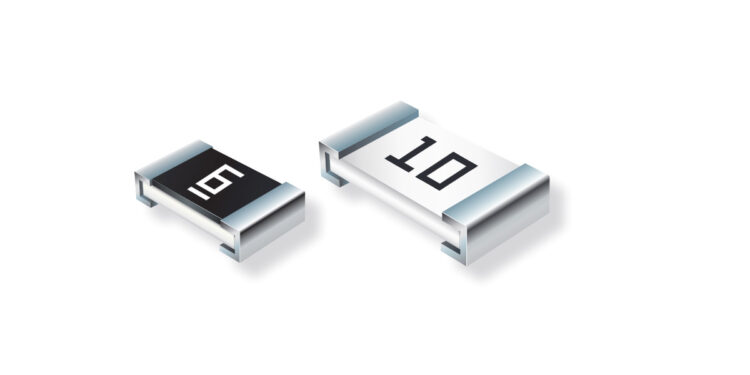Bourns announces two new AEC-Q200 compliant automotive grade SMD fuse families.
Bourns is pleased to announce the introduction of the new automotive grade Model SF-0603SPA-R and SF-1206SA-R Series SMD Fuses to expand its portfolio of AEC-Q200-Equivalent Compliant SinglFuse™ SMD Fuses.
The new Model SF-0603SPA-R and SF-1206SA-R families meets Bourns’ Automotive Grade standard for enhanced quality and reliability. These new series are intended for use in a variety of automotive, data center, industrial, medical (low to medium risk*), telecom and Battery Management Systems (BMS) applications.
Features
- Metal foil chip design with high operating temperature up to 150 °C
- EIA 0603 & 1206 footprint
- AEC-Q200 compliant**
- UL 248-14 recognized (E198545)
- TÜV (IEC 60127) recognized (TA50515766)
- RoHS compliant*** and halogen free****
Applications
- Automotive
- Data center
- Industrial
- Medical (low to medium risk)*
- Telecom
- Battery Management Systems
Bourns continues to broaden its portfolio of SinglFuse™ SMD Fuses to address the growing need for effective circuit protection in a variety of applications including automotive, telecom and networking equipment, PCs and monitors, server farms, portable memory, portable electronics, gaming systems, robotics, smart appliances, battery chargers and industrial controllers.
Bourns® SinglFuse™ SMD Fuse products are RoHS compliant*** and halogen free****.
* Bourns® products have not been designed for and are not intended for use in “lifesaving,” “life-critical” or “life-sustaining” applications nor any other applications where failure or malfunction of the Bourns® product may result in personal injury or death. See Legal Disclaimer Notice http://www.bourns.com/docs/legal/disclaimer.pdf.
** Meets Bourns internal AEC-Q200 equivalent test plan.
*** RoHS Directive 2015/863, Mar 31, 2015 and Annex.
**** Bourns considers a product to be “halogen free” if (a) the Bromine (Br) content is 900 ppm or less; (b) the Chlorine (Cl) content is 900 ppm or less; and (c) the total Bromine (Br) and Chlorine (Cl) content is 1500 ppm or less.
































